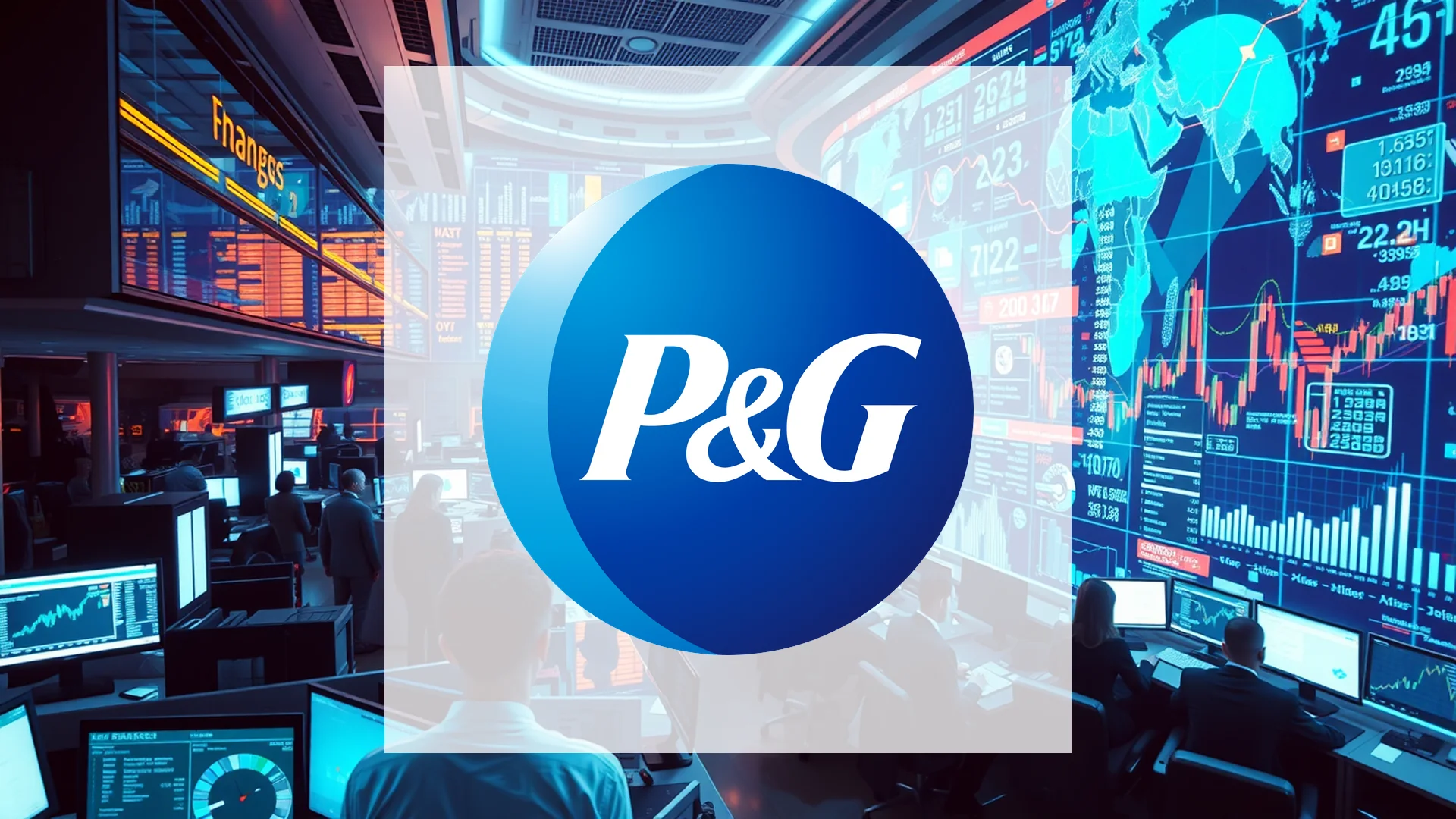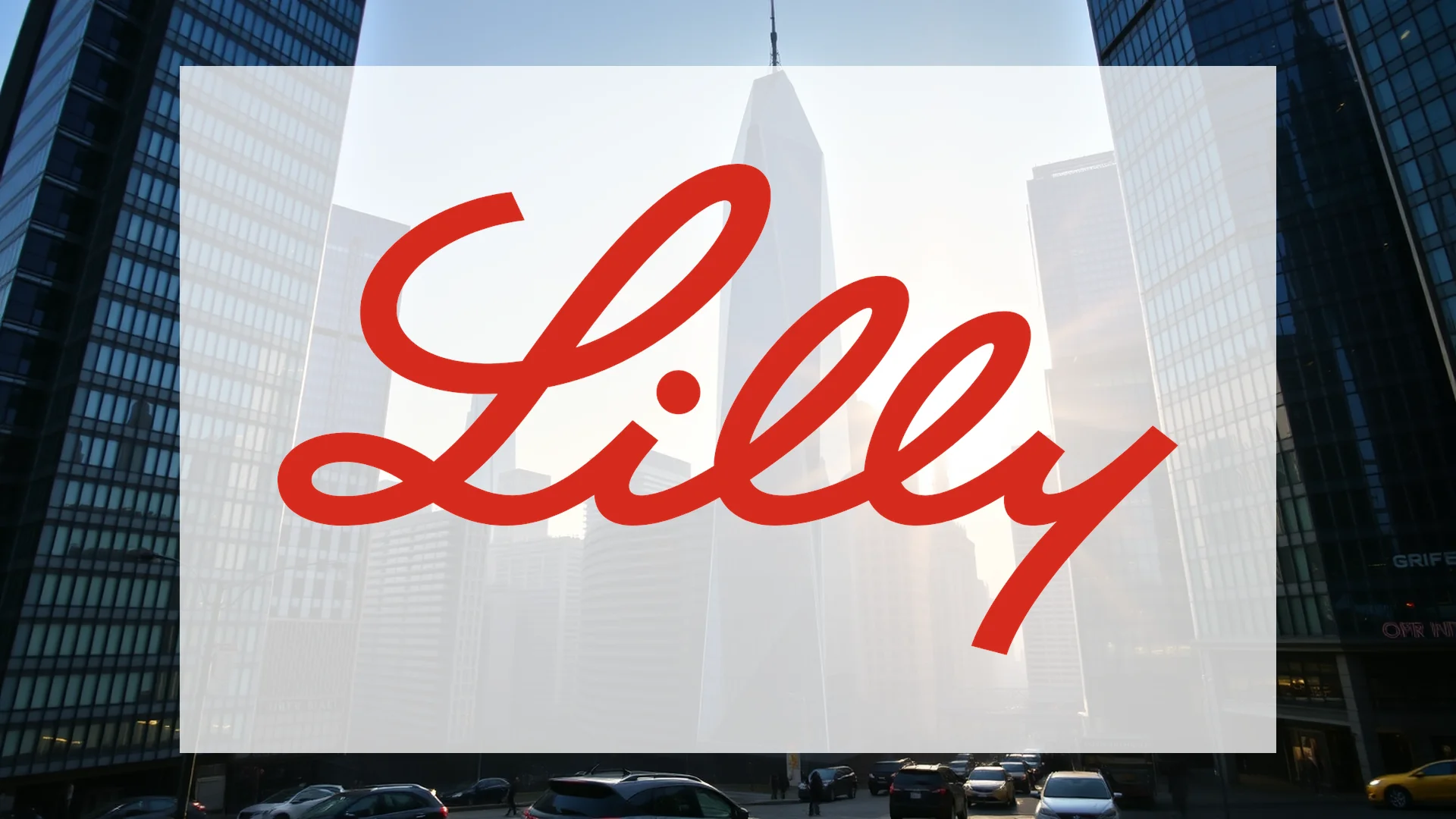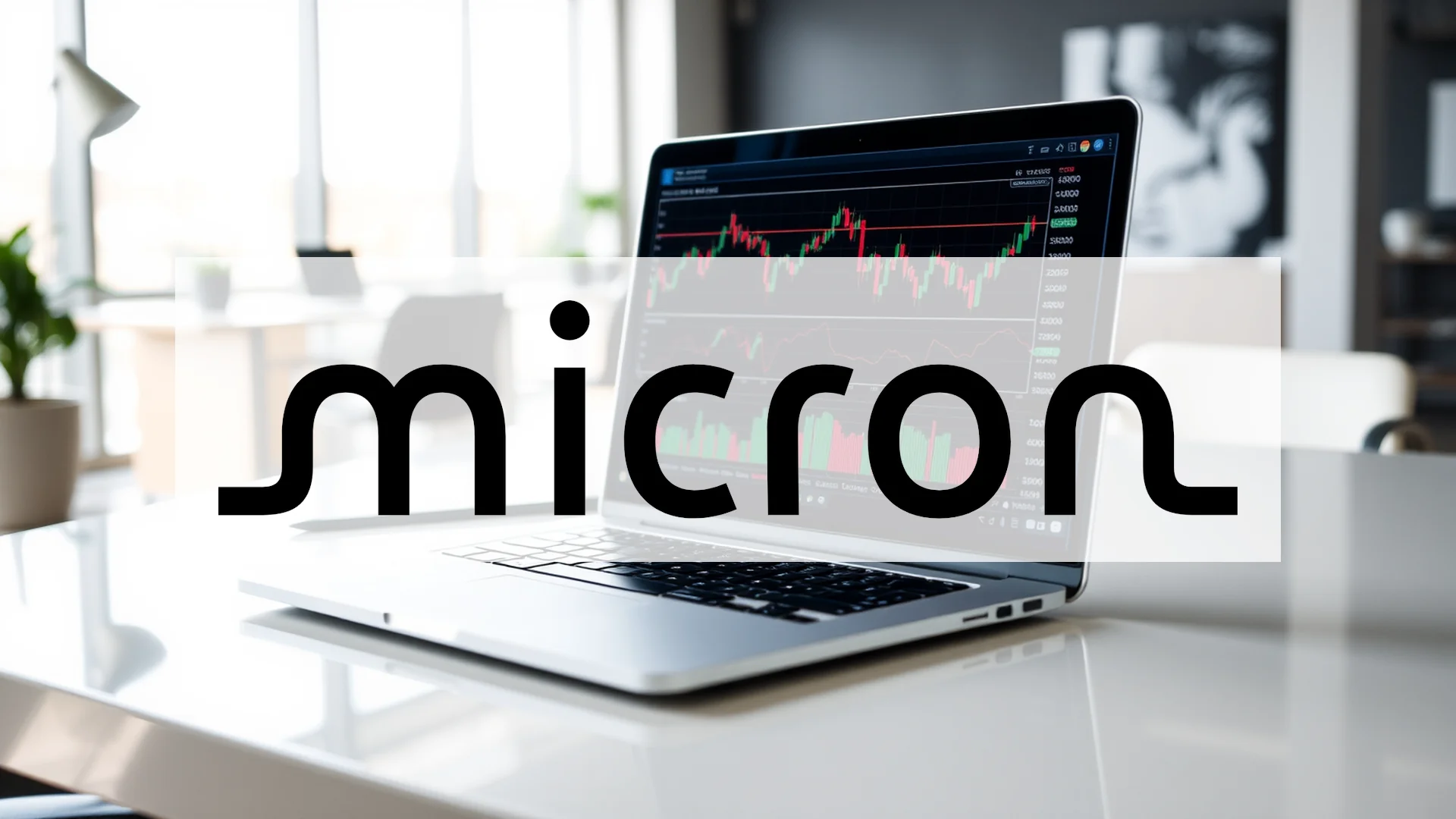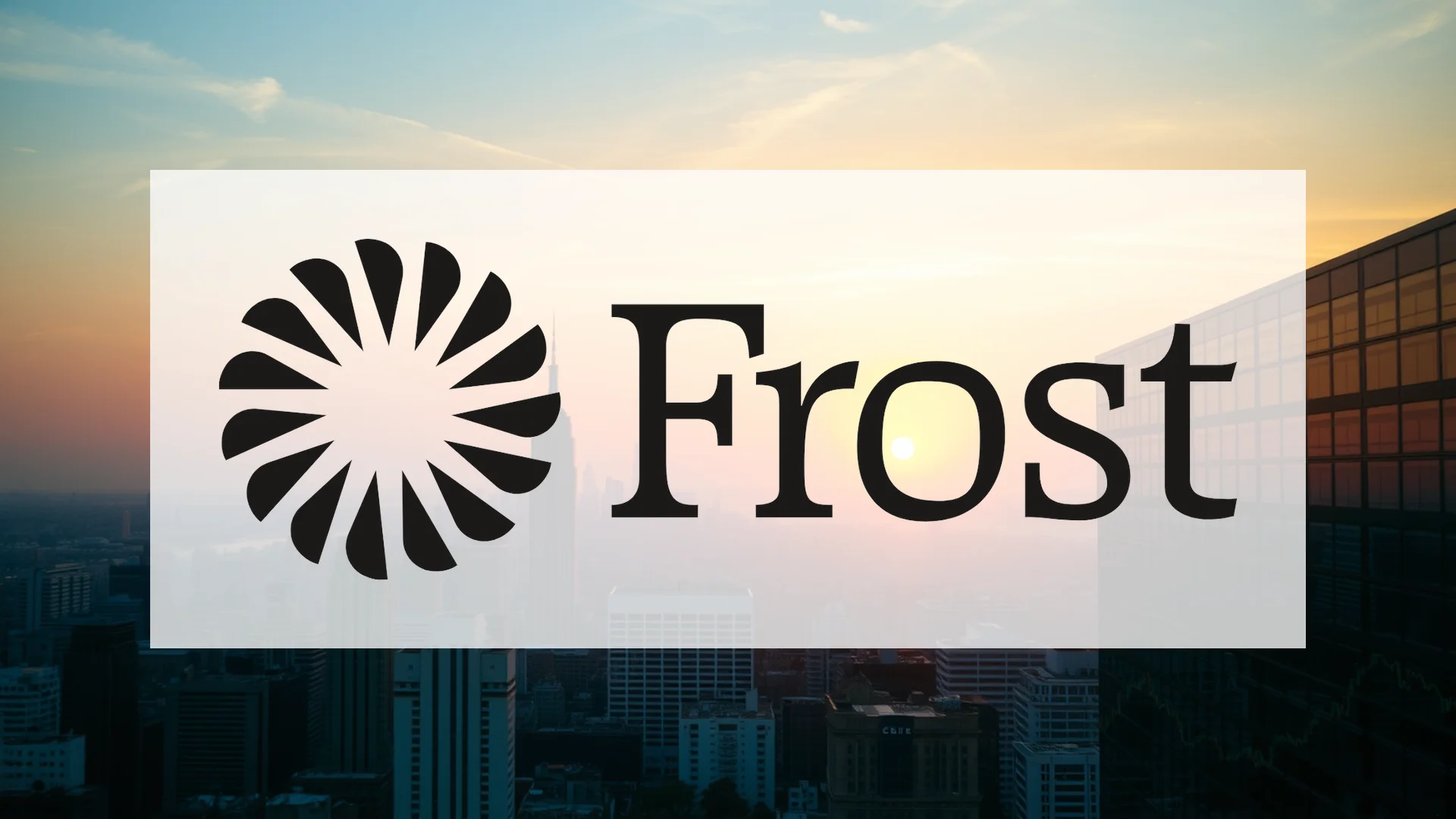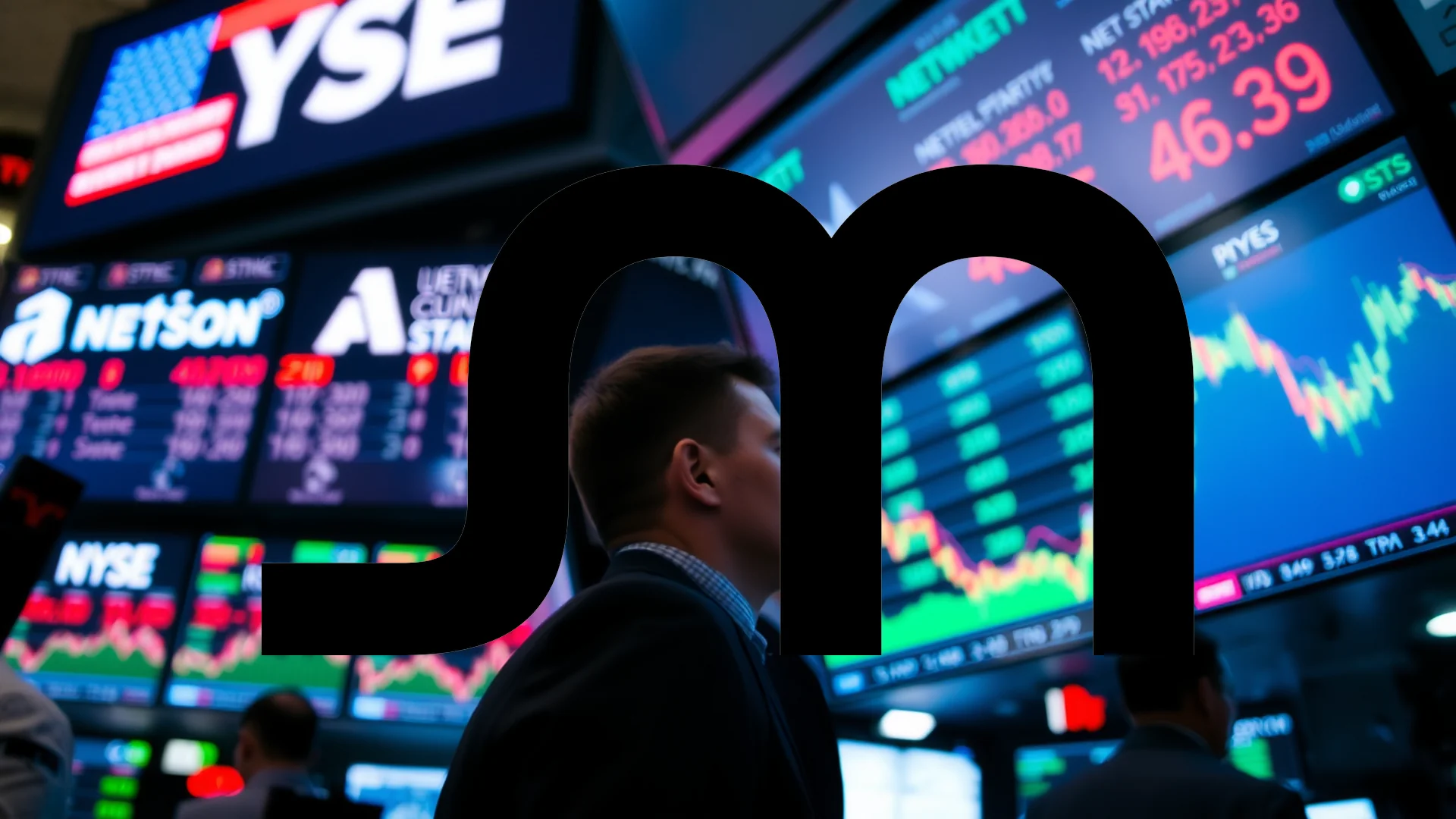The investment case for Procter & Gamble presents a complex puzzle. While the consumer goods behemoth maintains impressive financial metrics and a dominant industry standing, its equity continues to face persistent downward pressure. A deeper examination reveals concerning vulnerabilities beneath seemingly respectable quarterly results, raising questions about management’s ability to reverse the current trajectory.
Stagnant Growth Undermines Strong Financials
Financially, Procter & Gamble appears robust. The company reported quarterly revenue of $20.89 billion with a net margin standing at a healthy 18.95%. However, this strong performance masks a significant weakness: year-over-year growth registered a mere 1.7%, indicating substantial challenges in expanding the business.
More alarmingly, sales figures have essentially remained flat for two consecutive years. This prolonged stagnation suggests that even P&G’s considerable market power isn’t sufficient to meaningfully stimulate consumer demand. Consequently, most market analysts maintain a cautious stance, with the majority recommending investors hold their positions rather than increasing exposure.
Technical Indicators Signal Continued Weakness
From a technical analysis perspective, the picture remains concerning. P&G shares are trading substantially below their key moving averages. Both the 50-day average at approximately $156 and the 200-day average around $160.60 sit above the current price level, confirming the ongoing downtrend remains firmly intact.
Should investors sell immediately? Or is it worth buying Procter & Gamble?
The Relative Strength Index reading of 36.86 points shows the stock approaching oversold territory. Although shares recently snapped a six-day losing streak with a modest 0.2% gain, this minor rebound does little to alter the overall negative technical outlook.
Divergent Institutional Sentiment and Insider Selling
The institutional investment community appears deeply divided on P&G’s prospects. ST Germain D J Co. Inc. significantly increased its stake, adding 48,567 shares to expand its position by 24.1%. Meanwhile, Ipswich Investment Management Co. Inc. moved in the opposite direction, reducing its holdings by 8.1%.
Potentially more concerning is the pattern of insider transactions. Both CEO Jon R. Moeller and CFO Andre Schulten disposed of company stock during August. Corporate insiders collectively sold 120,181 shares over the past three months, potentially signaling limited confidence in near-term performance.
Ad
Procter & Gamble Stock: Buy or Sell?! New Procter & Gamble Analysis from December 29 delivers the answer:
The latest Procter & Gamble figures speak for themselves: Urgent action needed for Procter & Gamble investors. Is it worth buying or should you sell? Find out what to do now in the current free analysis from December 29.
Procter & Gamble: Buy or sell? Read more here...

